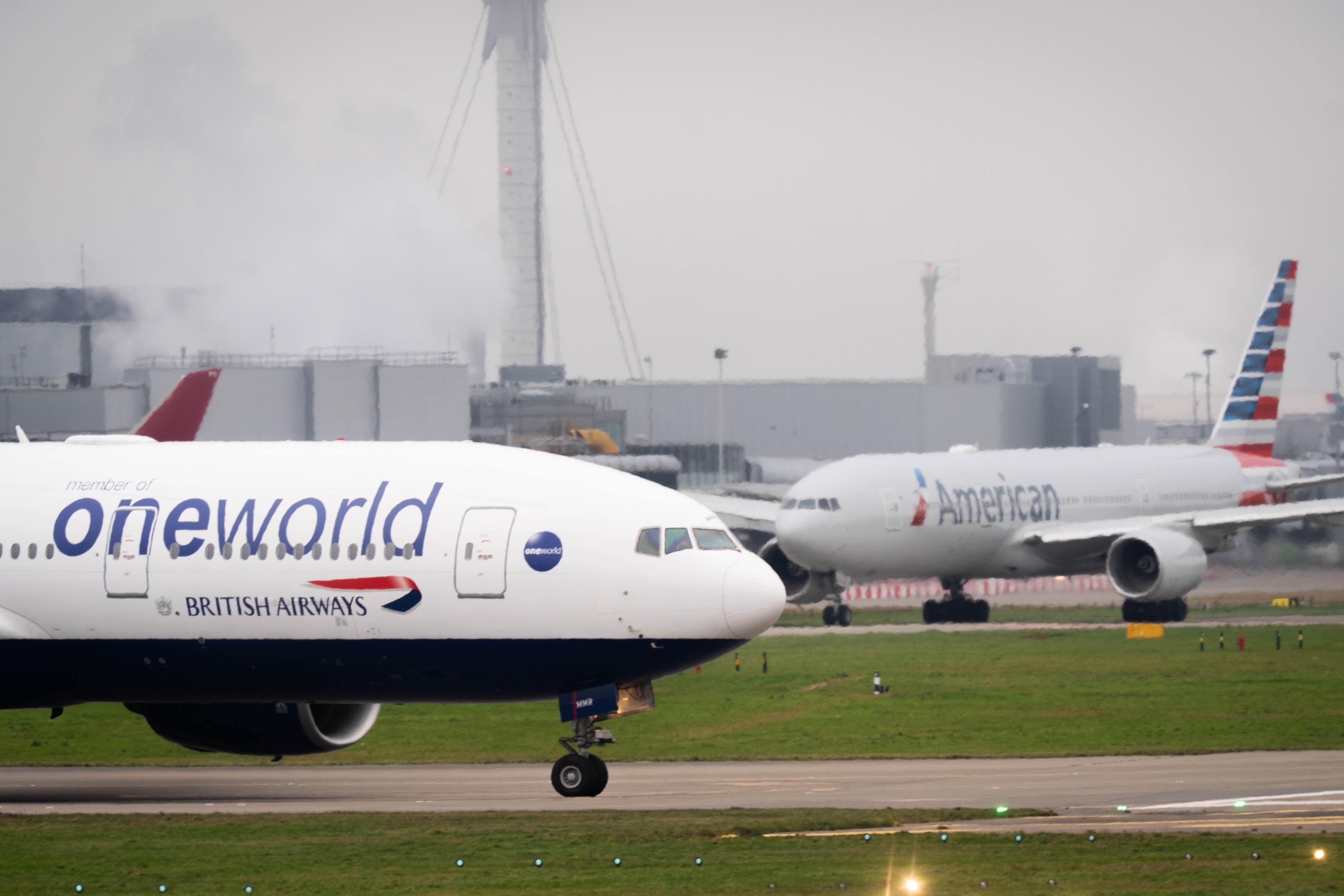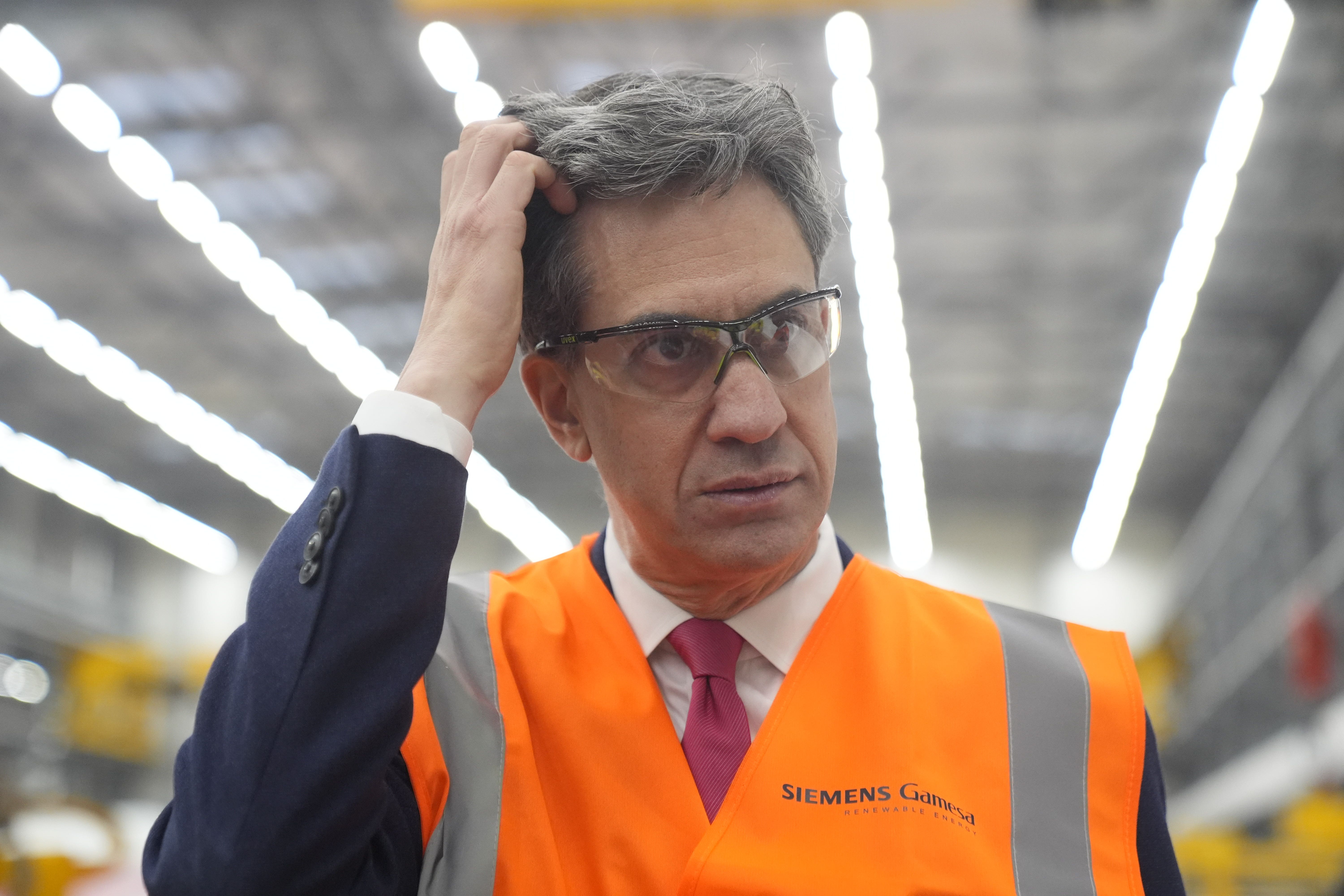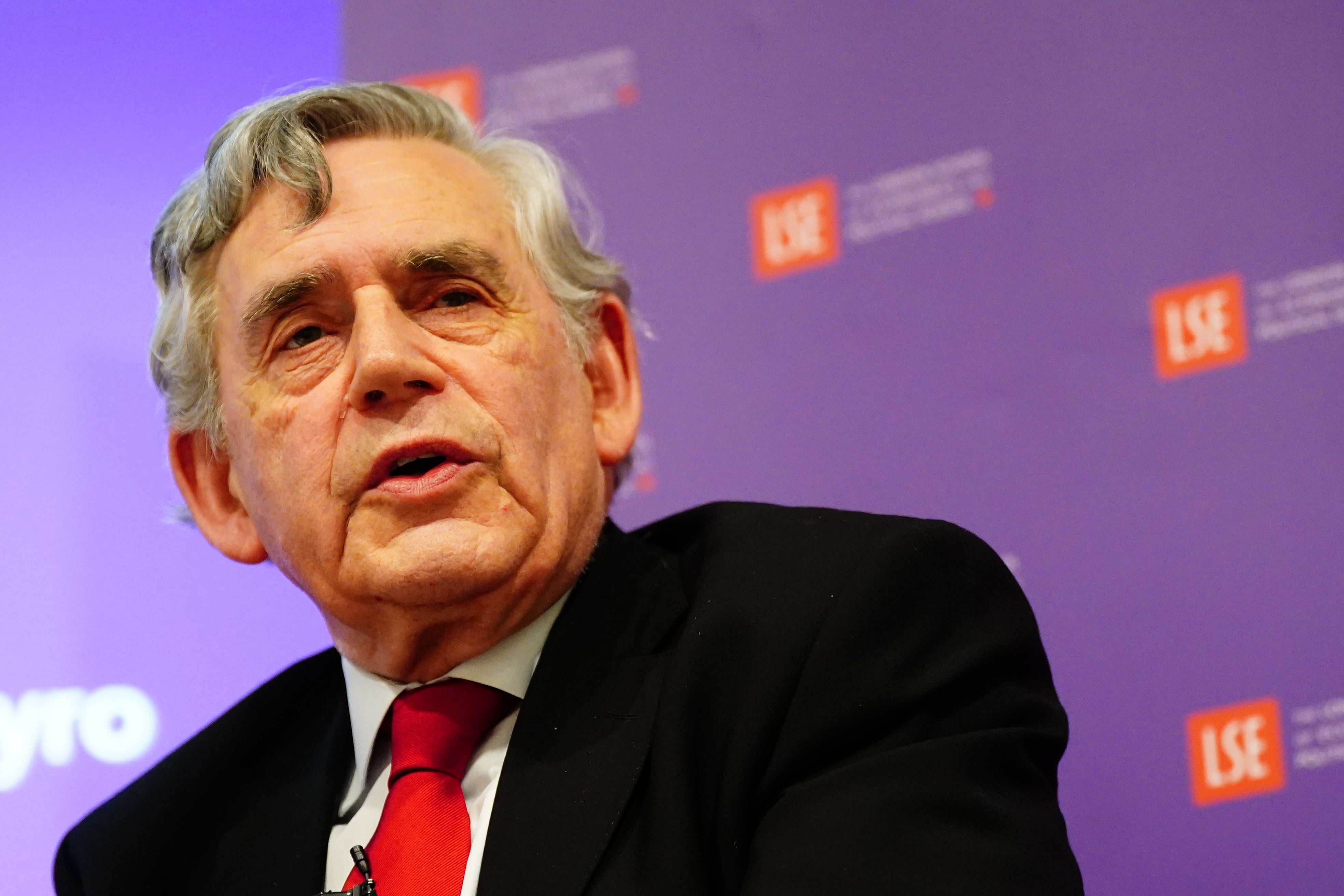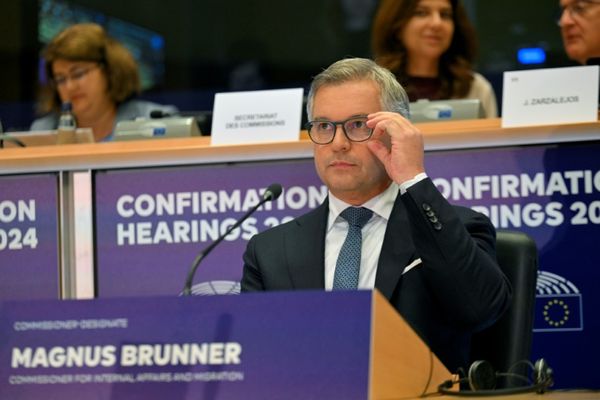Rachel Reeves delivered a landmark speech this week, promising economic growth across all regions of the UK. Speaking in Oxfordshire, the chancellor pledged a slate of new development projects – including a third runway at Heathrow Airport.
Discussions about the expansion of London’s busiest airport date back to 2003, when its owners first sought approval for the third runway. Over 20 years later, Labour has got behind the project as the government invites proposals to be brought forward in the Summer.
Confirming the decision in her speech, Ms Reeves said: “We cannot duck the decision any longer.”

The chancellor promised to take forward a full assessment through the airport national policy statement, designed to “ensure that the project is value for money and our clear expectation is that any associated service transport costs will be financed through private funding.”
“It will ensure that a third runway is delivered in line with our legal, environmental and climate objectives.”
Asked for a timeline on the plan, Ms Reeves told BBC Breakfast she wants to see “spades in the ground this Parliament,” confirming that the goal is for the runway to be in use by 2035 at least.
But the plan for a third runway at Heathrow also has many opponents, and has been pushed back several times before now. Here’s everything you need to know about the ongoing debate:
Why does Labour want to expand Heathrow?
In her speech, the chancellor said that a third runway at Heathrow is “badly needed” as “for decades its growth has been constrained”.
She added that “by backing a third runway at Heathrow we can make Britain the world’s best-connected place to do business.”
Flights from the airport are currently capped at 480,000 per year, and that limit is being reached. A third runway would theoretically increase this to 720,000 flights.

The airport also currently handles £200 billion worth of trade a year, over 60 per cent of the UK’s air freight. It would be well-equipped to deliver even more after an expansion.
“I have always been clear that a third runway at Heathrow would unlock further growth, boost investments, increase exports, and make the UK more open and more connected,” Ms Reeves said.
Transport secretary Heidi Alexander will also soon decide on requests for expansion projects at Gatwick and Luton airports.
Responding to the announcement, Heathrow chief executive Thomas Woldbye said: “This is the bold, responsible vision the UK needs to thrive in the 21st century and I thank the government and chancellor for their leadership.”
Who has opposed the plans – and why?
Critics say there is a strong environmental argument against expanding Heathrow, and that Labour’s new pledge risks the party falling short of climate targets.
Putting himself at odds with the chancellor, environment secretary Ed Miliband said the expansion of Heathrow and other UK airports “won't go ahead” if they don’t meet emissions targets.
The former Labour leader, who has long been a vocal opponent of the plan, told MPs the day before Ms Reeves’ speech he wanted to provide “reassurance” that “any aviation expansion must be justified within carbon budgets, and if it can’t be justified, it won’t go ahead.”

But the chancellor has told reporters that she will pursue the investment even if it is not popular, stressing the need to grow the economy.
The scheme would also have a major impact on the local area, with hundreds of Greater London homes demolished and villages such as Harmondsworth and Longford likely to be partly or wholly demolished.
Responding to the chancellor’s speech, Mayor of London Sadiq Khan said on social media: “I remain opposed to a new runway at Heathrow airport because of the severe impact it will have on noise, air pollution and meeting our climate change targets.
“I will scrutinise carefully any new proposals that now come forward from Heathrow, including the impact it will have on people living in the area and the huge knock-on effects for our transport infrastructure.”
Several environmental groups have also spoken out against the plans. Paul McGuinness, chair of the ‘No 3rd Runway Coalition’ said: “We assume Heathrow expansion was chosen because it has become the totemic mission impossible.
“Yet, the plan is not only eye-wateringly expensive. It entails flattening villages and tunnelling over the M25’s busiest junction to increase Heathrow’s size by an area that is larger than Birmingham airport, to fly as many extra planes as Gatwick currently flies – effectively to build the UK’s second-largest airport next to the first. And all in the most overflown and densely packed residential region in the UK.”
How long has Heathrow’s third runway been debated?
Bosses at Heathrow Airport first sought approval for a third runway in 2003, sparking backlash after previously saying they wouldn’t. In December of that year, then transport secretary Alistair Darling expressed concerns about air pollution, but said he expected a third runway to be built within the next 12 years.
It was not until 2009 that the plan gained steam again when then prime minister Gordon Brown approved the plan. He was met by fierce opposition from fellow Labour cabinet members Hilary Benn and Ed Miliband.

Following his election victory in 2010, David Cameron formally cancelled the plans, which he had called ‘pig-headed’. But in 2012, he and his chancellor George Osbourne become open to the idea, saying they would no longer block airport bosses from submitting proposals.
Six years later, under prime minister Theresa May in 2018, a Commons vote backed the Heathrow expansion by 415 votes to 119 – a majority of 296. However, the idea was shut down in February 2020 when the Court of Appeal blocked the Conservative plans because ministers had failed to take into account the UK’s commitments under the 2015 Paris climate accord.
This ruling was overturned later in the year by the Supreme Court, permitting Heathrow bosses to submit applications once again. However, the impact of Covid-19 travel restrictions on the industry put all plans on hold.
Now in 2025, the idea has been backed by Sir Keir Starmer’s Labour government, setting the stage for construction on a third runway to begin.







